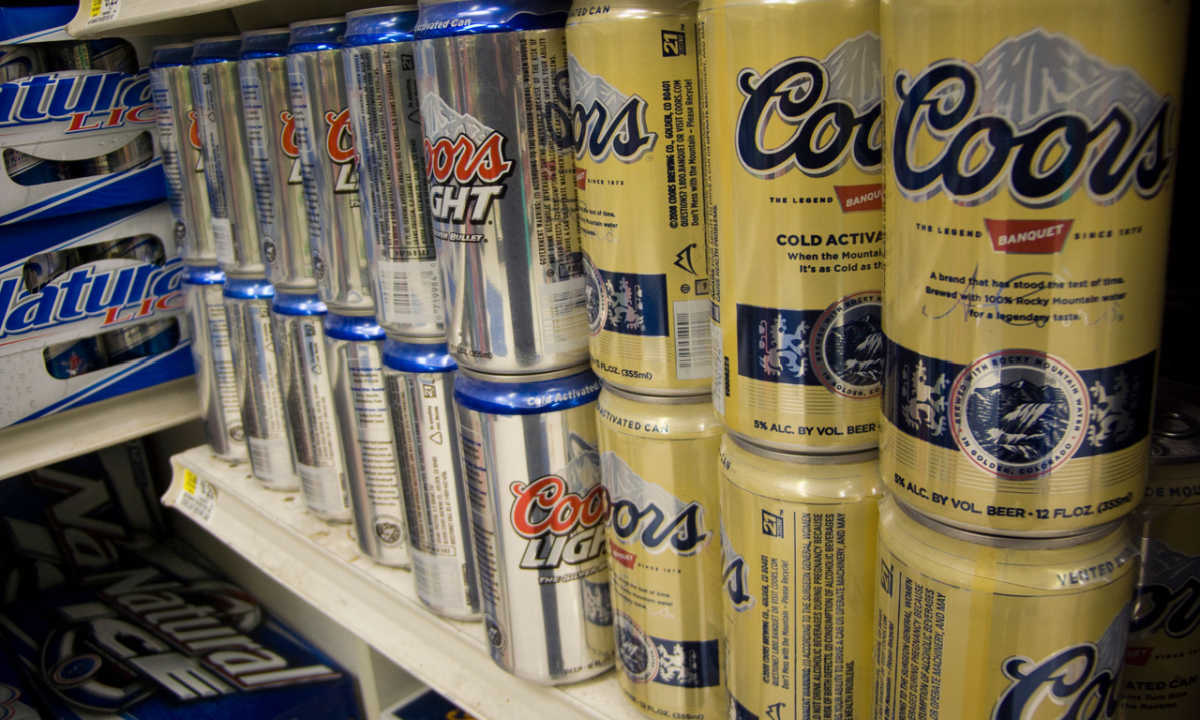
Molson Coors is seeing consumers rethink their alcoholic beverage spending in the face of inflation.
The beverage giant, parent company of a wide range of popular alcohol brands including Miller, Vizzy, Blue Moon and, of course, Molson and Coors, noted in its fourth-quarter earnings report Tuesday (Feb. 21) that, after months of holding out, consumers are finally adjusting their alcohol purchasing in response to inflation.
“Beer has traditionally been very resilient during tough economic times. Yet it is true that U.S. industry-wide beer volumes fell at a much higher rate in the fourth quarter than they had earlier in the year,” CEO Gavin Hattersley told analysts on a call. “Much of this has been attributed to most of the beer industry taking a second price increase in the calendar year.”
He added that beer’s “share of basket” at retailers, however, had not fallen, such that consumers are not cutting back on beer any more than they are other items. That being said, many consumers are buying in smaller amounts.
“We are seeing consumers trading down maybe from a 30-pack to a 24 or 24 to a 12 or a 12 to a 6,” Hattersley said.
Previously, the company had seen “premiumization” slow down but had not seen trade-down in the United States.
Beer, of course, is one of the most affordable alcoholic beverages on offer, and as inflation has persisted, consumers have been increasingly shifting their booze spending toward the beverage.
“Beer actually gained share of total alcohol beverage in the quarter,” Hattersley said.
Over all, consumers tend to dramatically overestimate the rate of alcoholic beverage price increases, according to research from the December edition of PYMNTS’ Consumer Inflation Sentiment study, “Consumer Inflation Sentiment: In It For The Long Haul,” which draws from a survey of more than 2,300 United States adults.
The study found that consumers perceive the prices of alcoholic beverages to have risen 23.1% year over year. Yet, data from the U.S. Bureau of Labor Statistics notes that the prices of these items have only risen 5% year over year, about a fifth of the amount that consumers perceive it to be.
Molson Coors’ observations add to findings at the end of last year, highlighted by The Wall Street Journal, that consumers are trading down to cheaper alcohol brands. The report cited data from Nielsen analyzed by the Bump Williams Consulting Co., a beverage-sector consulting firm, showing U.S. retail-store sales of “superpremium” spirits falling 3.7% in the 48 weeks ending Dec. 3, following a 4% uptick in 2021.
Additionally, Molson Coors, like its competitor Diageo, noted strength in ready-to-drink (RTD) cocktails amid consumers’ growing demand for on-the-go convenience. The rapid growth of the RTD spirits category suggests that consumers may be looking to bring some of the variety that they can experience at a bar or restaurant to their social gatherings at a time when going out for bar drinks may be more of a luxury than many can afford.
Certainly, consumers are cutting back. PYMNTS’ “Consumer Inflation Sentiment: Consumers Buckle Down On Belt-Tightening” found that 66% of the adult population in cutting down on nonessential retail spending, and 58% are cutting down on nonessential grocery spending.